Top Things to Know Before Buying a Palm Indoor Plant
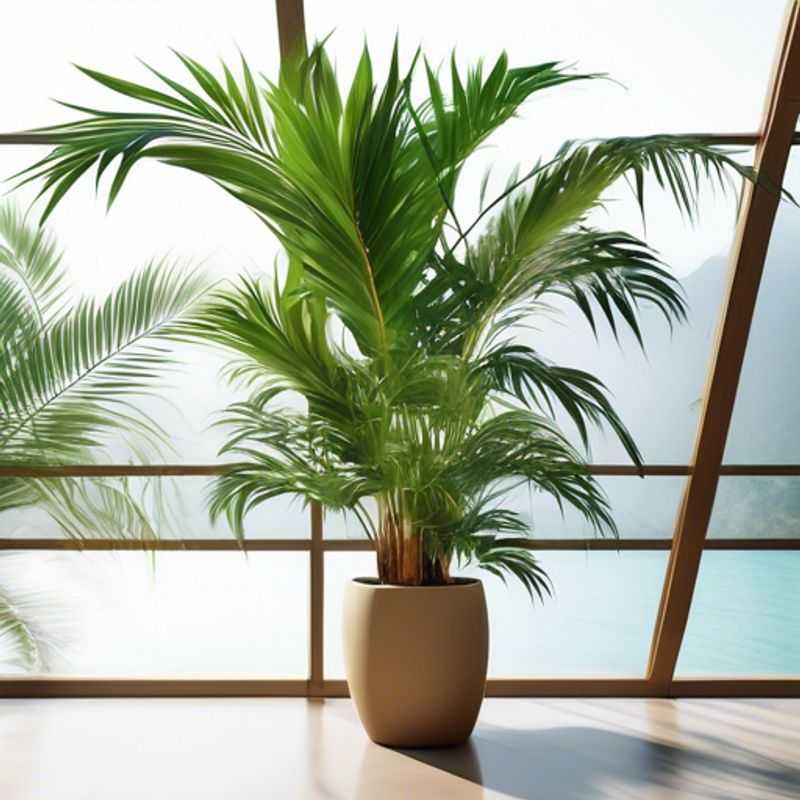
Top Things to Know Before Buying a Palm Indoor Plant: Size, Lighting, Care Needs, Humidity, Watering, Pruning, Pests & Diseases
Ah, the majesty of a palm tree indoors.
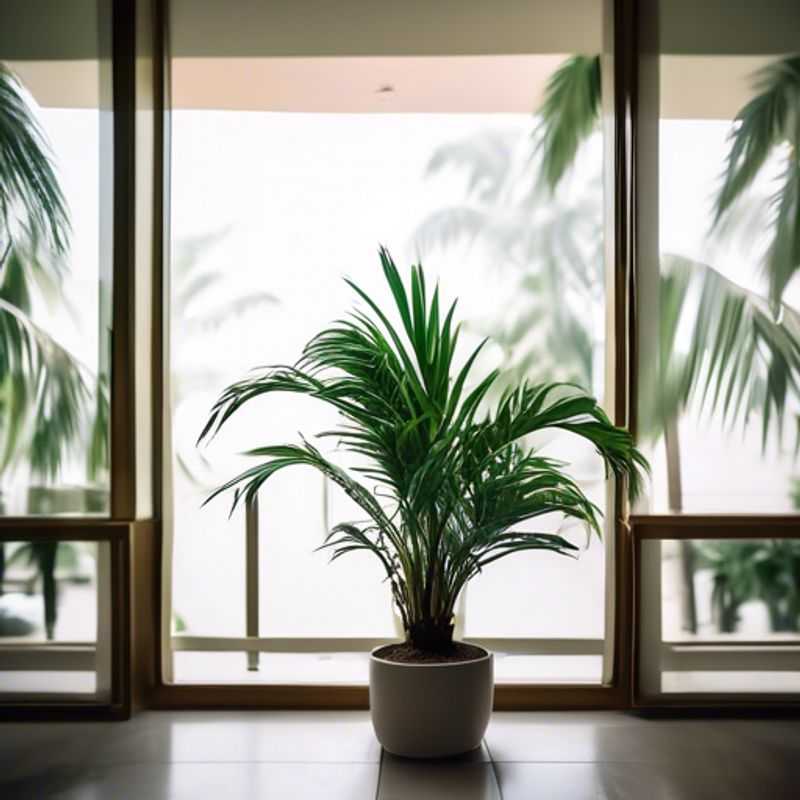
Mastering Space: Determining the Ideal Size and Placement for Your Indoor Haven
Determining the ideal size and placement for your indoor space requires careful consideration of your needs and the available space. It's important to factor in functionality, aesthetics, and budget when making decisions.
Start by identifying the purpose of the space. Is it for living, working, entertaining, or a combination? Once you know the intended use, you can start to determine the ideal size. For example, a home office needs enough room for a desk, chair, and storage.
Next, consider the layout and flow of the space. You want to ensure that there is enough room for furniture and people to move around comfortably. Consider the placement of doors, windows, and any existing fixtures.
When it comes to placement, consider natural light, ventilation, and noise levels. Ideally, you want to maximize natural light and minimize noise.
Lastly, budget is a crucial factor. Take into account the cost of furniture, materials, and labor. You may need to adjust your initial plans based on your budget constraints.
Remember, it's always best to consult with professional designers or architects if you are unsure about the ideal size and placement for your indoor space. They can offer valuable insights and help you create a functional and aesthetically pleasing environment.

Shining a Light on Palm Plants: Understanding Their Lighting Needs
Palm trees, known for their tropical vibes, require specific lighting conditions to thrive. Most palm species flourish in bright, indirect light. This means they need plenty of light but not the harsh direct rays of the sun, especially during the hottest parts of the day.
Direct sunlight can scorch their delicate leaves, resulting in browning or yellowing. However, some palm varieties, like the Areca palm, can tolerate more direct sun, particularly in the morning or evening.
Indoor palms, typically placed near windows, benefit from bright, indirect light filtering through curtains or blinds. If you notice your palm leaves becoming pale or elongated, it might be a sign of insufficient light. Consider moving it closer to a window or supplementing with a grow lamp.
Outdoor palms, depending on the species, might need partial shade, especially during the hottest months. Observe your palm for signs of stress, such as wilting or browning leaves, which can indicate it needs more shade.
The lighting needs of a palm tree can vary depending on its species and growing conditions. If you're unsure, it's best to research the specific requirements of your palm tree. By providing the appropriate lighting, you can ensure your palm flourishes and brings a touch of the tropics to your home or garden.
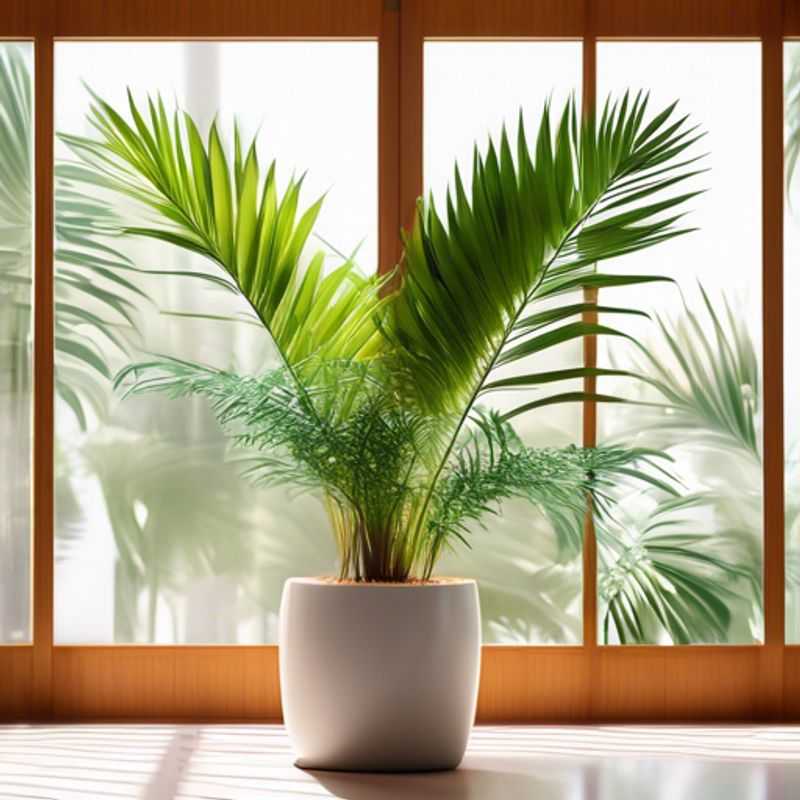
Unlocking the Secrets of Palm Care: A Guide to Tailoring Your Approach
The world of palms is vast and diverse, and understanding the specific care needs of different palm varieties is crucial for their health and thriving. A key aspect is water requirements, as some palms prefer consistently moist soil, while others tolerate periods of dryness. Sunlight exposure is another critical factor, with some palms needing full sun, while others thrive in partial shade. Soil type is equally important, as palms have varying preferences for drainage and nutrient content. Fertilization, although not always necessary, can be beneficial for certain palms, and the type of fertilizer should be chosen based on the specific needs of the palm variety.
Researching the specific care needs of different palm varieties is essential for success. Start by identifying the exact species of palm you have or are interested in. This information, along with your location's climate, will guide you in determining the optimal care practices. Once you know the specific needs of your palm, you can easily find the right soil, water, sunlight, and fertilizer regime to ensure a healthy and thriving palm.
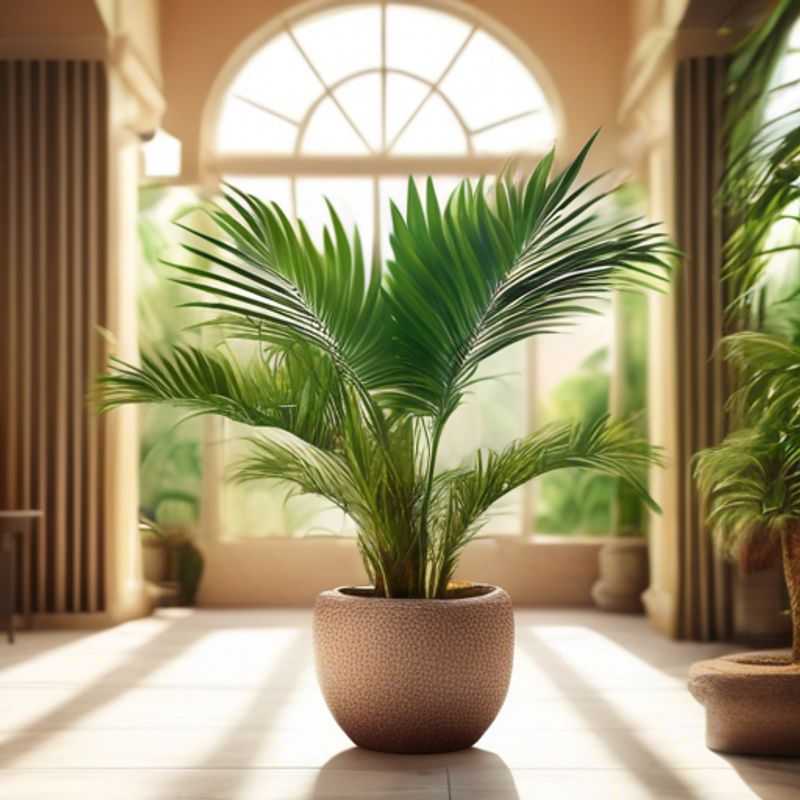
Tropical Paradise in Your Home: Understanding Humidity for Healthy Palm Growth
Palm trees, those iconic symbols of tropical paradise, are surprisingly adaptable to a variety of climates, but humidity plays a crucial role in their well-being. Understanding the humidity levels required for healthy palm growth is essential for ensuring their thriving.
Generally, palm trees prefer humid environments, thriving in areas with relative humidity levels between 60% and 80%. This high humidity helps them retain moisture, which is especially important in hot climates. However, specific humidity needs vary depending on the palm species.
For example, coconut palms (Cocos nucifera) are particularly sensitive to low humidity and require a minimum of 60% for optimal growth. On the other hand, date palms (Phoenix dactylifera) are more tolerant of drier conditions, thriving in regions with lower humidity.
Monitoring humidity levels is crucial, especially during dry periods. You can use a hygrometer to measure humidity in your garden or home. If humidity levels are too low, consider misting your palms with water, using a humidifier, or placing them in a more humid location.
By understanding the humidity needs of your palm trees and taking steps to ensure their environment remains optimal, you can cultivate these beautiful plants and enjoy their tropical charm.
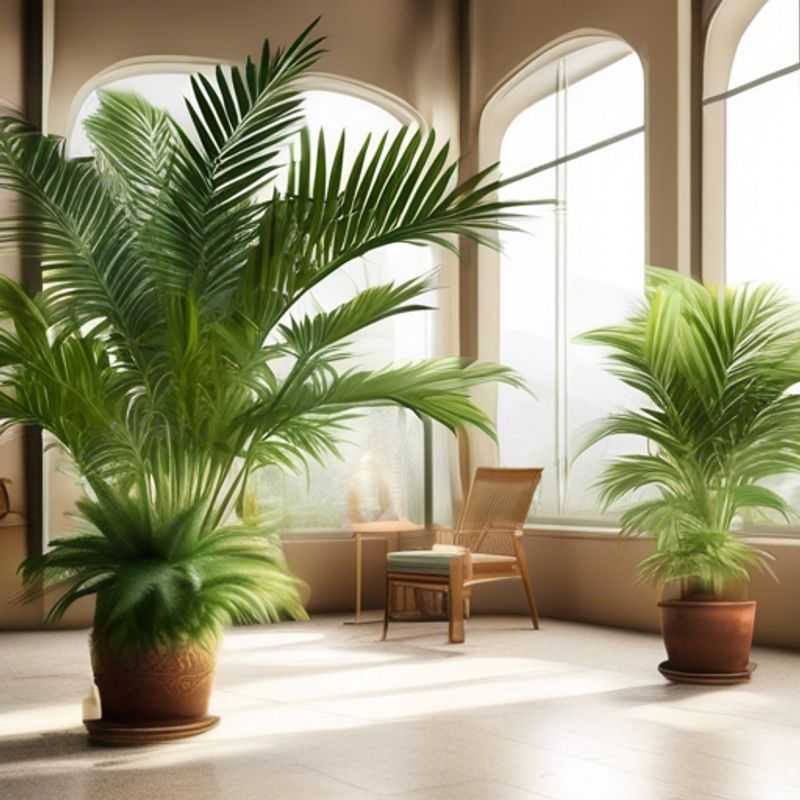
Nurturing Your Garden: Regular Watering and Fertilization
Regular watering and fertilization are essential for maintaining healthy and vibrant plants. Understanding your plant's specific needs is crucial, as different species have varying requirements.
Watering is the most fundamental aspect, ensuring the soil remains sufficiently moist but not waterlogged. Overwatering can lead to root rot, while underwatering can cause wilting and stress.
Fertilization provides plants with the necessary nutrients for growth and development. Different fertilizers contain various nutrient ratios, so selecting the right one is important. Too much fertilizer can be harmful, leading to nutrient imbalances, while too little can stunt growth.
When planning your watering and fertilization schedule, consider factors like:
Plant type: Each species has specific water and nutrient needs.
Climate: Temperature, humidity, and rainfall influence water requirements.
Soil type: Some soils drain better than others, impacting how often you need to water.
Pot size: Smaller pots require more frequent watering.
Growth stage: Plants require more water and nutrients during active growth periods.
Always observe your plants for signs of stress, such as wilting, yellowing leaves, or stunted growth. Adjust your watering and fertilization accordingly to maintain optimal conditions.
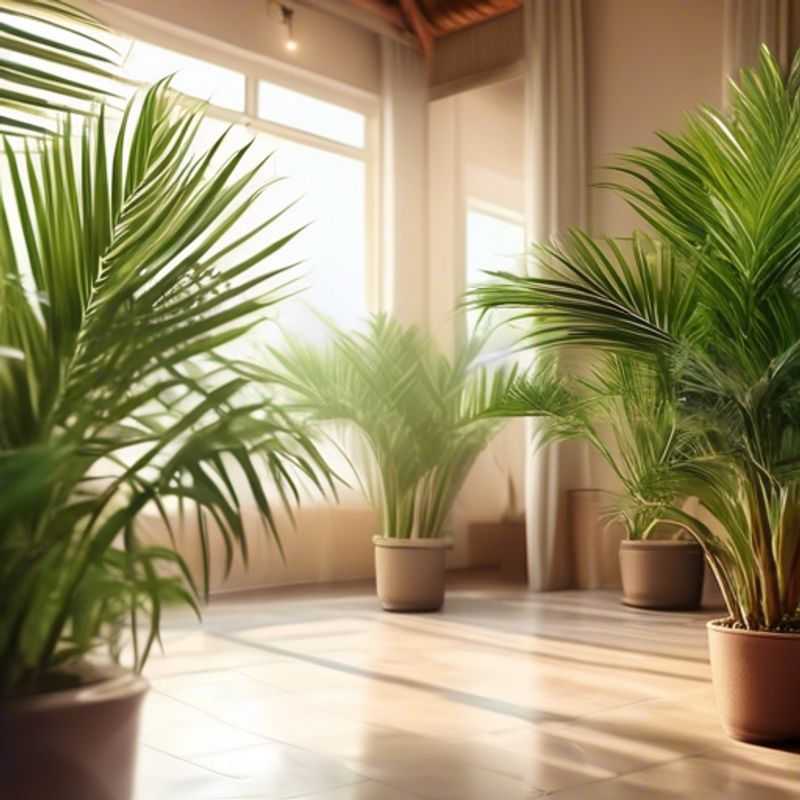
Palm Power: A Guide to Proper Pruning and Maintenance
Palm trees are a popular choice for landscaping, but they require regular maintenance to stay healthy and beautiful. Here’s a quick guide on how to properly prune and maintain your palm trees.
Pruning: Palms don't need heavy pruning, as their fronds naturally die and fall off. Focus on removing dead or damaged fronds. You can use pruning shears or a saw, depending on the size of the frond. When pruning, avoid cutting the spear leaf (the new, emerging frond), as this will damage the tree.
Maintenance: Palms need regular watering, especially during dry periods. Use mulch around the base of the tree to help retain moisture and suppress weeds. Fertilize your palms every few months, especially during the growing season, with a fertilizer specifically designed for palms. Monitor for signs of pests and diseases and address them promptly.
Safety Precautions: Wear protective gear, including gloves, safety glasses, and long pants when pruning. Be cautious when working with sharp tools. If your palm is tall, it's best to hire a professional arborist for pruning and maintenance.
Professional Help: If you're not comfortable pruning your palm tree yourself, you can hire a professional tree service. They have the expertise and equipment to safely prune your trees and ensure their health. Costs for professional pruning can vary based on the size and location of your palm and the complexity of the job.
Remember, proper pruning and maintenance are key to keeping your palm trees healthy and vibrant. If you're unsure about anything, consult a professional arborist for advice.
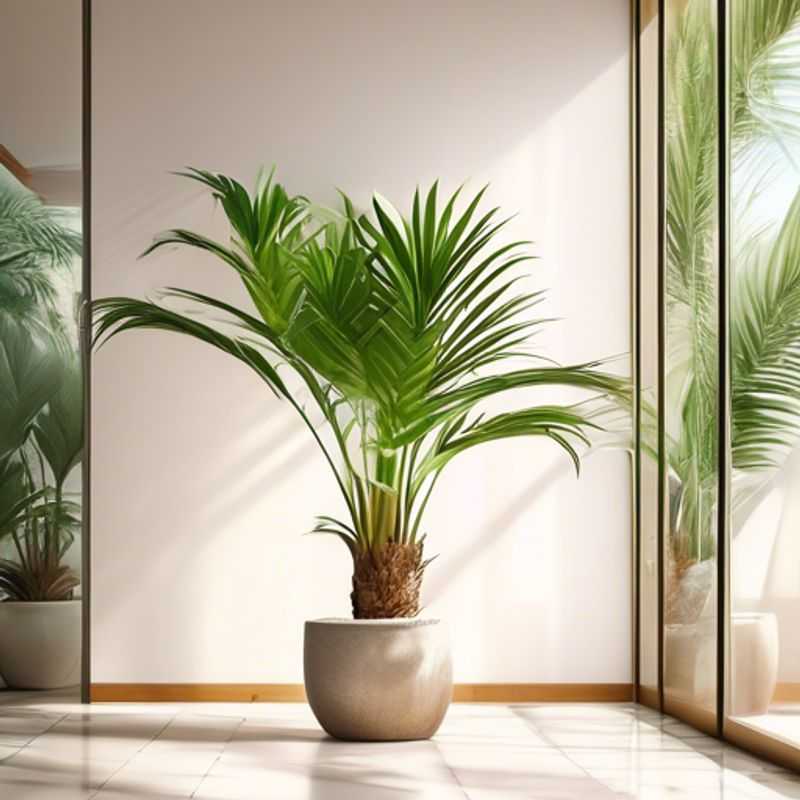
Palm Patrol: Investigating Pest and Disease Issues
Investigating pest and disease issues in palms is crucial for their health and longevity. Early detection and intervention are key to minimizing damage and ensuring the palm's survival.
Common Palm Pests:
Scale insects, mealybugs, aphids, mites, and palm weevils are some of the most common pests that affect palms. These insects can cause damage by sucking sap from the palm, weakening it and making it susceptible to other diseases. Look for signs like discolored leaves, sticky residues, and small insects on the palm.
Common Palm Diseases:
Fungal, bacterial, and viral diseases can also affect palms. Common diseases include lethal yellowing, Ganoderma butt rot, and Fusarium wilt.Symptoms can include leaf discoloration, wilting, and root rot.
Inspection and Diagnosis:
Thoroughly inspect your palm for any signs of pests or diseases. Check the leaves, trunk, roots, and soil for any abnormalities. If you suspect a problem, consult a certified arborist or a plant pathologist for proper diagnosis. A professional can identify the specific pest or disease and recommend the most effective treatment options.
Treatment and Management:
Treatment options for pest and disease issues vary depending on the specific problem. Insecticides, fungicides, and other chemical treatments may be necessary to control pests and diseases. Cultural practices such as proper watering, fertilization, and pruning can also help to prevent pest and disease problems. Regularly inspect your palms and take steps to control any issues as soon as possible.
Cost Considerations:
The cost of pest and disease management for palms can vary depending on the severity of the problem and the chosen treatment methods. Professional inspections and treatments can be costly, but they can save you money in the long run by preventing more severe damage to your palm. Consider budgeting for regular inspections and preventative measures to keep your palms healthy.
